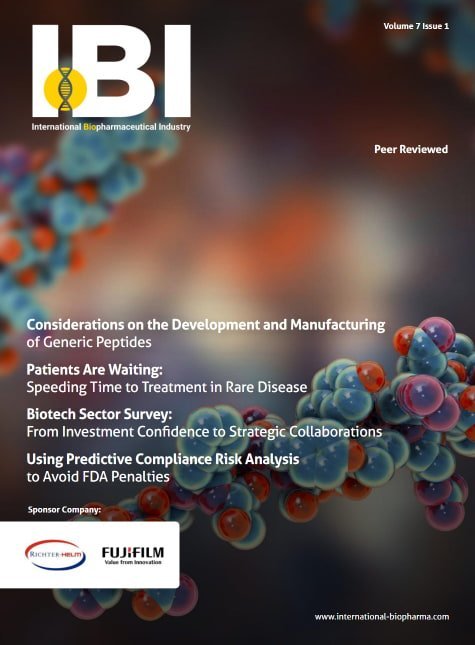The demand for protein therapeutics, such as recombinant human proteins, monoclonal antibodies (mAbs), and fusion proteins, has grown significantly over the past decade. Often developed to treat previously unmet clinical needs, these biotherapeutics require increasingly advanced analytical technology for detection, identification, quantitation, and quality control (QC)/monitoring of molecular attributes. Melissa Sherman at MOBILion Systems Inc and Jared Auclair, Associate Dean, look over the adoption of high-resolution ion mobility for biotherapeutic peptide mapping.
Extract:
SLIM: A Gateway to the Adoption of High-Resolution Ion Mobility for Biotherapeutic Peptide Mapping
The demand for protein therapeutics, such as recombinant human proteins, monoclonal antibodies (mAbs), and fusion proteins, has grown significantly over the past decade. Often developed to treat previously unmet clinical needs, these biotherapeutics require increasingly advanced analytical technology for detection, identification, quantitation, and quality control (QC)/monitoring of molecular attributes. Some recombinant therapeutics require post-translational modifications (PTMs) such as glycosylation for clinical efficacy, but erroneous PTMs can occur within the mammalian host expression systems that are typically used to produce these therapeutics.
In this context, PTMs are known as product-related impurities and can be broadly categorised as either enzymatic or chemical modifications. Enzymatic modifications most commonly include glycosylation, disulfide bond formation, and proteolytic cleavage of the protein backbone. Chemical modifications are often generated during downstream processing, formulation, and storage, and typically include oxidation, deamidation, glycation, and pyroglutamate formation. These impurities can impact the biological activity, half-life, and immunogenicity of protein therapeutic products, so must be characterised, controlled, and monitored throughout the development process to safeguard the drug’s stability, efficacy, and safety.
To achieve consistency in production, quality by design (QbD) is becoming a widely accepted strategy within the industry with the goal of enhancing pharmaceutical manufacture through design and control of processes. QbD systematically establishes the critical quality attributes (CQA) of a drug product, which are identified and closely monitored for efficient QC. A CQA is defined by the International Council for Harmonisation of Technical Requirements for Pharmaceuticals for Human Use (ICH) Q8 (R2) as a “physical, chemical, biological or microbiological property or characteristic that should be within an appropriate limit, range, or distribution to ensure the desired product quality.”
Click the download button below to read the complete version of ‘SLIM: A Gateway to the Adoption of High-Resolution Ion Mobility for Biotherapeutic Peptide Mapping’ by Melissa Sherman at MOBILion Systems Inc and Jared Auclair, Associate Dean

























